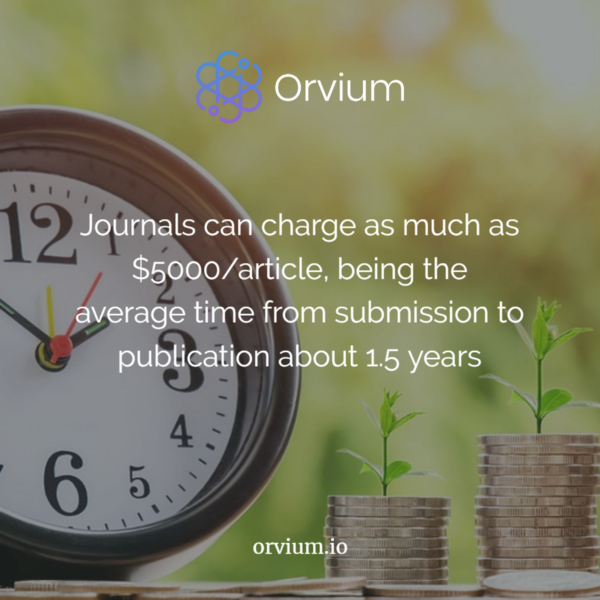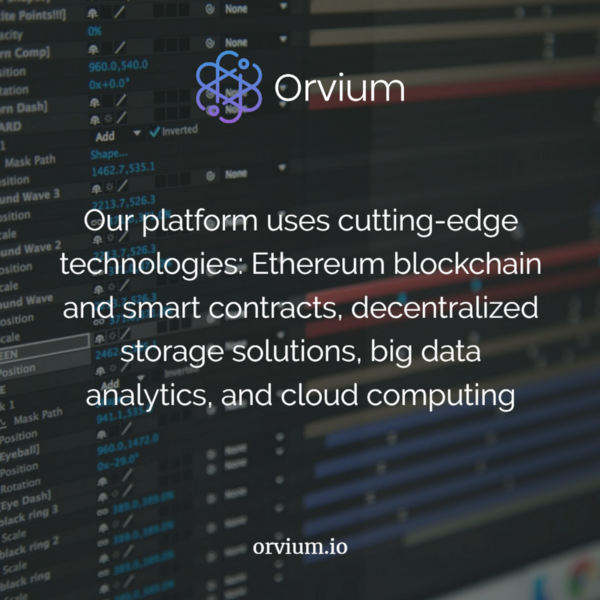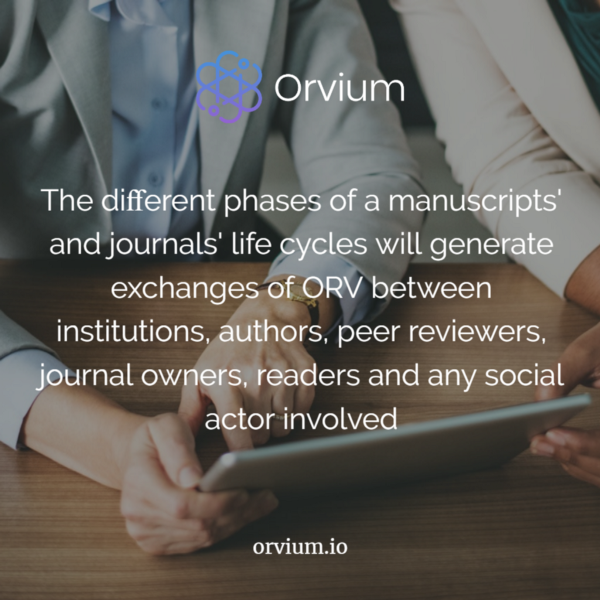Elevating the Open Access licensing model (II/II)
How Orvium steps forward by introducing an open access decentralized model
Traditional vs Open Access Journals: Pros and Cons
The four main factors researchers consider when choosing between Open Access and Traditional Journals are visibility, cost, speed, and prestige.
Visibility
Publishing an article in an Open Access journal means that more people are likely to see it, only because more people have access to it. And although it hasn’t been proved that an increase in the number of visitors translates into an increased citation rate, the greater visibility achieved by Open Access journals may allow researchers to reach potential collaborators more easily.
Cost
Both traditional and Open Access journals can charge a small fee at the time of submission to cover editorial and peer review-related expenses, but difference lays in the post-acceptance fees. Traditional journals commonly charge per page (often $100–250 each) and/or per color figure ($150–1000 each), while Open Access journals typically charge a flat “article processing charge” (which can range from $8 to as much as $5000).
But what really makes traditional journals prohibitive are the subscription costs that can go up to enormous and unjustified amounts.

Speed
A survey revealed that 65–70% of science authors consider “the speed from acceptance to publication” to be “very important” or “quite important” when deciding which journal to publish in, while approximately 80–85% of these authors believe that “the speed from submission to first decision” plays a “very important” or “quite important” role in their decision of where to publish. It is important to mention, that the average time from submission to publication is about 1.5 years
Prestige
There is, however, one area where Open Access journals can’t compete with traditional ones. Many academics still place importance on “brand-name” journals because publication in such journals can increase their chances of being promoted, gaining tenure, and obtaining funding for grant proposals.
But when talking about the reputation of a journal, it is also important to keep in mind that many Open Access journals are new and have not yet received their first impact factor (IF). However, high-IF Open Access journals are available in a variety of fields.
How Orvium fits into the scientific research landscape

What we want to achieve is eliminating market inefficiencies and improving the quality and effectiveness of scientific research. Our platform leverages a unique and seamless integration of cutting-edge technologies (Ethereum blockchain and smart contracts, decentralized storage solutions, big data analytics, and cloud computing) to create a platform to process, validate, and disseminate research data and results.
From a user perspective, it has all the benefits of the Open Access model, but it also successfully eliminates the frictions (such as tracking the manuscript to ensure it’s not used for other purposes than those intended by the author).
Here are the main components that make our platform an attractive alternative for researchers:
- Instantaneous proof-of-existence: manuscripts are available from the moment they are submitted to Orvium. No more waiting for articles to be published.
- Copyright and licenses are owned and transferable by authors: authors retain control of their work and its potential economic benefits. Ill-intentioned users will not be able to use free research to make profit.
- Optimal publication and access costs: the prices are not influenced by monopolistic or oligopolistic market structures. Universities will no longer have to spend obscene amounts of money to access research data.
- Efficient framework to create decentralized journals with low maintenance and operational costs. This will translate into lower access fees.
- Seamless integration between research data and results.
- Continuous and transparent peer reviews: the research community is empowered to publicly determine the validity and soundness of the research.
- Public recognition and economic reward for peer reviewers: researchers no longer have to check the scientific validity and evaluate experiments for free.
- Journal subscription freedom: no journal subscription model is enforced.
- Accommodates gray literature and its validation.
- Transparent calculation of quality metrics such as impact factor and peer review quality.
- Eliminates current “predatory” practices and conflicts regarding plagiarism, idea ownership and registration.
- Social platform.
In addition, Orvium is founded on open source principles; therefore all the software developed by Orvium is, and always will be, open source.

The different phases of a manuscripts’ and journals’ life cycles, such as manuscript submission, peer review, payments for copyright licenses, research data sharing, journal management, etc., will generate exchanges of ORV between institutions, authors, peer reviewers, journal owners, readers and any social actor involved. This decentralization will unlock the full potential of a new, fair, transparent and competitive market controlled by the entire community, free of biased oligopolies and hidden interests.
That’s about it folks! For more information, visit https://orvium.io/. Until next time, see you on Twitter, Reddit, Bitcoin Talk, Facebook, LinkedIn, YouTube, or Instagram.
Cheers!




